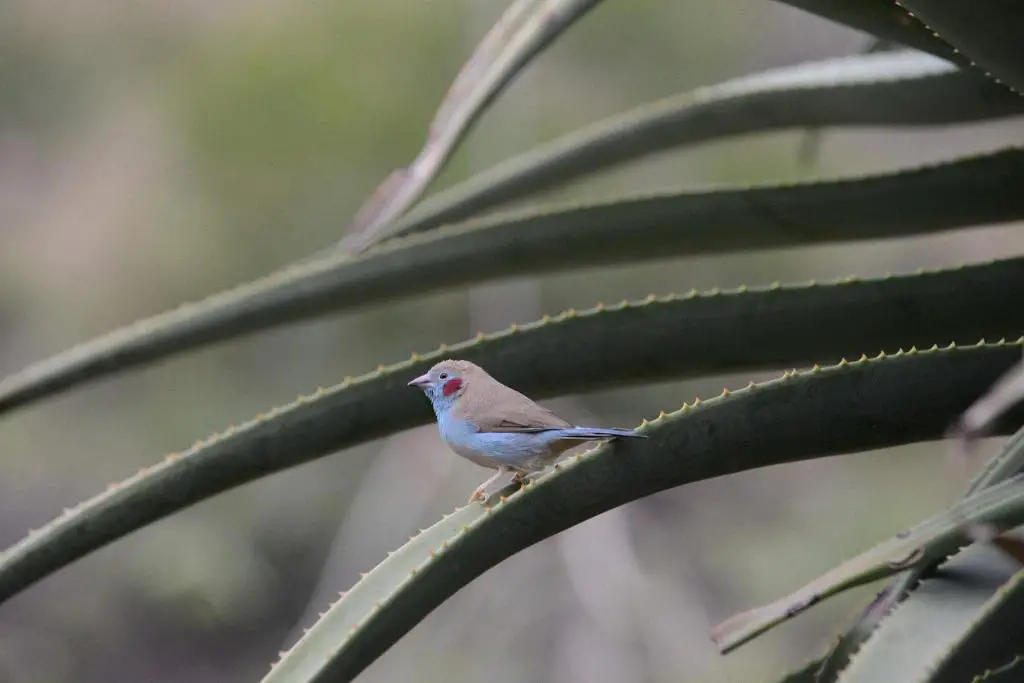When it comes to cultivating healthy and thriving succulent plants, one of the key factors to consider is the type of soil you use. Succulents have specific needs when it comes to soil composition, and providing them with the right growing medium can make a significant difference in their overall health and vitality.
Characteristics of Ideal Succulent Soil
The best soil for succulents is one that is well-draining and aerated, allowing excess water to flow out freely and preventing waterlogged conditions that can lead to root rot. Additionally, succulent soil should be loose and well-aerated, providing the roots with the necessary oxygen for healthy growth.
Nutrient-Rich Soil for Succulents
While succulents are known for their ability to thrive in poor soil conditions, they still require some level of nutrients to support their growth. Opt for a nutrient-rich soil mix that is specifically formulated for succulents and cacti, ensuring that your plants receive the essential nutrients they need to flourish.
Rocky Soil for Succulents
Succulents, especially desert varieties, thrive in rocky soil that mimics their native growing conditions. A soil mix that contains small rocks or sand can help mimic the natural habitat of succulents, promoting healthy root development and overall plant growth.
Drainage Considerations
Proper drainage is crucial for succulents, as their shallow root systems are susceptible to rot in waterlogged conditions. When planting succulents in containers, ensure that the pots have drainage holes at the bottom to allow excess water to escape, preventing standing water around the roots.
Potting Mix for Succulents
When planting succulents in containers, it is essential to use a well-draining potting mix specifically formulated for succulents and cacti. These mixes are designed to provide the ideal growing medium for succulents, promoting healthy root growth and preventing overwatering.
Avoiding Alkaline Soil
It is crucial to avoid planting succulents in alkaline soil, as high pH levels can hinder nutrient absorption and lead to nutrient deficiencies in your plants. Test the pH of your soil before planting succulents to ensure that it falls within the ideal range for these plants.
Organic vs. Inorganic Soil
When choosing soil for succulents, you may opt for organic or inorganic options. Organic soil mixes contain natural ingredients such as compost and peat moss, while inorganic mixes include components like perlite and sand. Both types can be suitable for succulents, depending on your preferences.
Sandy Soil for Succulents
Succulents benefit from soil mixes that contain sandy components, as sand helps promote drainage and prevents the soil from compacting around the roots. Sandy soil mixes are particularly beneficial for succulents that require excellent drainage, such as cacti and desert varieties.
Moisture Retention and Drainage Balance
While well-draining soil is essential for succulents, it is also crucial to strike a balance between moisture retention and drainage. Succulents require occasional watering, and a soil mix that retains some moisture while allowing excess water to drain away is ideal for these plants.
Adjusting Soil Mix for Different Succulent Varieties
Depending on the type of succulent you are growing, you may need to adjust the soil mix to suit its specific needs. Some succulents prefer drier conditions and may benefit from a grittier soil mix, while others with higher water requirements may thrive in a slightly more moisture-retentive mix.

Conclusion
Choosing the best soil for succulents involves considering factors such as drainage, aeration, nutrient content, and pH levels. By providing your succulents with a well-draining, nutrient-rich soil mix that mimics their natural habitat, you can promote healthy growth and ensure the long-term vitality of your plants.
